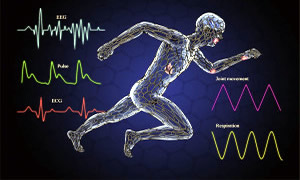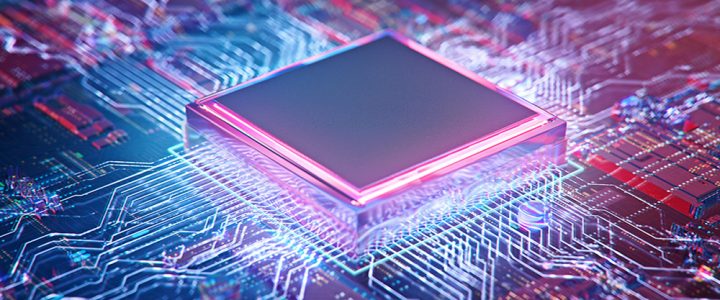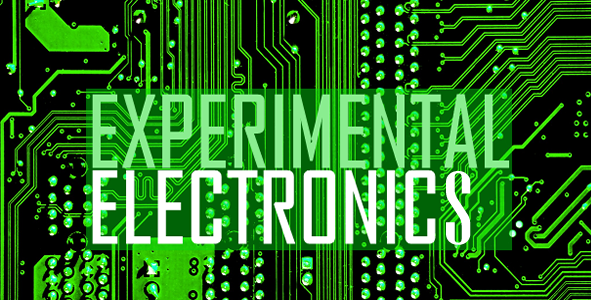| 3 YEAR | 1 semester | 6 CREDITS |
| Prof. Giancarlo Bartolucci | since 2019-20 |
| Code: 8037963 SSD: ING-INF/01 |
Educational objectives
LEARNING OUTCOMES: the main purpose is to provide methods of analysis and design for high frequency components and circuits.
KNOWLEDGE AND UNDERSTANDING: the student should be able to understand and know the methods of analysis and design studied in the course.
APPLYING KNOWLEDGE AND UNDERSTANDING: the student should be able to apply the models of the studied components to the design of high-frequency circuits.
MAKING JUDGEMENTS: in the mathematical model of a component, the student should be able to find by himself the basic assumptions and the corresponding introduced physical approximations.
COMMUNICATION SKILLS: the student should be able to discuss the topics studied in the course with mathematical rigor and using the proper terms.
LEARNING SKILLS: if necessary, the student should be able to significantly and autonomously increase his knowledge of the topics analyzed in the course.
Prerequisites
The analysis methods of the lumped element networks. The most common devices and circuits used in the low frequency analogue electronics. The theory of transmission lines.
Syllabus
- Introduction
- Scattering parameters.
Definition in the general case. The lossless case. The two-port network case.
3.Two-port networks.
The ABCD matrix and its properties for the representation of two-port networks. The relationships between the ABCD parameters and the scattering parameters.
- Planar realization of lines.
The microstrip line. The coplanar line. The most widely used discontinuities
for these two structures. - Realization of microwave integrated circuits.
The hybrid integrated circuit configuration. The monolithic integrated circuit configuration. - Three-port networks.
The general theorem for the three-port networks. The Wilkinson divider. - Four-port networks.
The branch-line divider. The rat-race divider. The coupled-line structure. - Microwave amplifiers.
Some linear amplifiers: the balanced configuration and the distributed configuration. The non linear effects in power amplifiers, and their memoryless modeling. - Switches.
The p-i-n diode and the microelectromechanical switches. The single pole single throw (SPST) switch and the single pole double throw (SPDT) switch. - Phase shifters.
The switched-line configuration. The reflection phase shifter. The loaded line topology. The distributed configuration.
Bibliography
David Pozar, “Microwave Engineering”, Wiley.
S.K.Koul and B.Bhat, “Microwave and Millimetre-wave Phase Shifters vol II”, Artech House 1991.

 UNIVERSITA' DEGLI STUDI ROMA "TOR VERGATA"
UNIVERSITA' DEGLI STUDI ROMA "TOR VERGATA"



